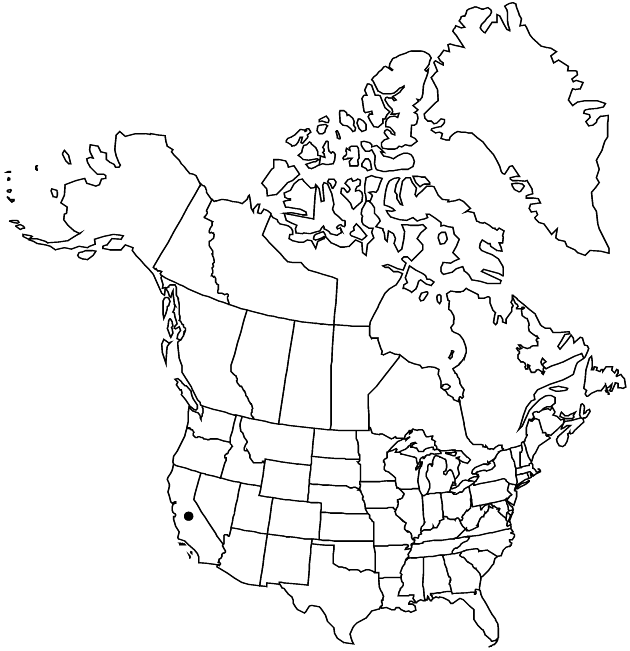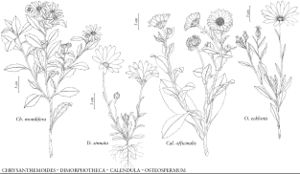Difference between revisions of "Osteospermum ecklonis"
Stud. Calenduleae, 244. 1943.
Basionym: Dimorphotheca ecklonis de Candolle
Treatment appears in FNA Volume 19. Treatment on page 383.
FNA>Volume Importer |
FNA>Volume Importer |
||
| Line 50: | Line 50: | ||
|publication year=1943 | |publication year=1943 | ||
|special status= | |special status= | ||
| − | |source xml=https://jpend@bitbucket.org/aafc-mbb/fna-data-curation.git/src/ | + | |source xml=https://jpend@bitbucket.org/aafc-mbb/fna-data-curation.git/src/8f726806613d60c220dc4493de13607dd3150896/coarse_grained_fna_xml/V19-20-21/V19_622.xml |
|tribe=Asteraceae tribe Calenduleae | |tribe=Asteraceae tribe Calenduleae | ||
|genus=Osteospermum | |genus=Osteospermum | ||
Revision as of 16:13, 18 September 2019
Perennials, subshrubs, or shrubs, 10–100+ cm. Leaf blades obovate or oblong to elliptic or oblanceolate, 30–50(–100+) × 10–20(–40+) mm, margins entire or denticulate, faces stipitate-glandular (at least distal leaves), glabrescent. Peduncles (25–)50–150+ mm. Phyllaries 12–16+, 10–15+ mm. Ray florets 12–21+; corollas abaxially usually violet to blue or purplish, sometimes cream to pink or salmon, adaxially whitish to blue or purplish, laminae (15–)20–45+ mm. Disc florets 40–60+; corollas ± purplish, 3.5–4.5 mm. Cypselae 6–7 mm. 2n = 20.
Phenology: Flowering Dec–Apr.
Habitat: Disturbed places
Elevation: 0–200 m
Distribution

Calif., Africa.
Discussion
Selected References
None.
Lower Taxa
None.
